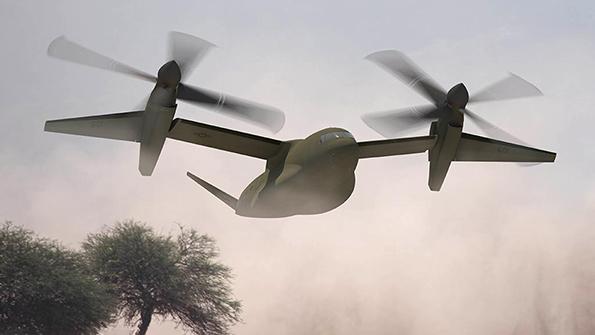Will The Tiltrotor Shape New Era In Regional Air Transportation?

Ask the Editors: The Aviation Week Network invites our readers to submit questions to our editors and analysts. We’ll answer them, and if we can’t we’ll reach out to our wide network of experts for advice.
The speed and range of the tiltrotor is outstanding in comparison to existing helicopters and allows flexibility for point-to-point air travel that cannot be matched by any regional airplane. Do you think time has come for the tiltrotor to shape a new era in regional air transportation?
Aviation Week Executive Editor, Technology, Graham Warwick and London Bureau Chief Tony Osborne answer:
Europe is looking at demonstrating the viability of a tiltrotor commuter aircraft through its Clean Sky 2 research initiative. The issue has always been cost: Tiltrotors are more expensive to produce and operate than helicopters and turboprops and so struggle to compete in both markets. So the latest work on tiltrotors—including the Bell V-280, Clean Sky 2’s Next-Generation Civil Tiltrotor demonstrator and Karem Aircraft’s Optimum Speed Tiltrotor (OSTR)—has been focused on reducing the cost and minimizing the compromises needed between vertical and forward flight.
While a tiltrotor would appear to be the solution to slot-constrained airports, scaling it up comes with an increase in direct operating costs compared with its fixed-wing equivalent, not to mention an environmental cost in terms of noise and emissions. The industry recognizes that an electric regional airliner is more likely to emerge first, before a 50-60-seat tiltrotor. Smaller aircraft, of up to 20 seats, that can perform traditional helicopter tasks such as offshore missions, will be the niche for the tiltrotor.

